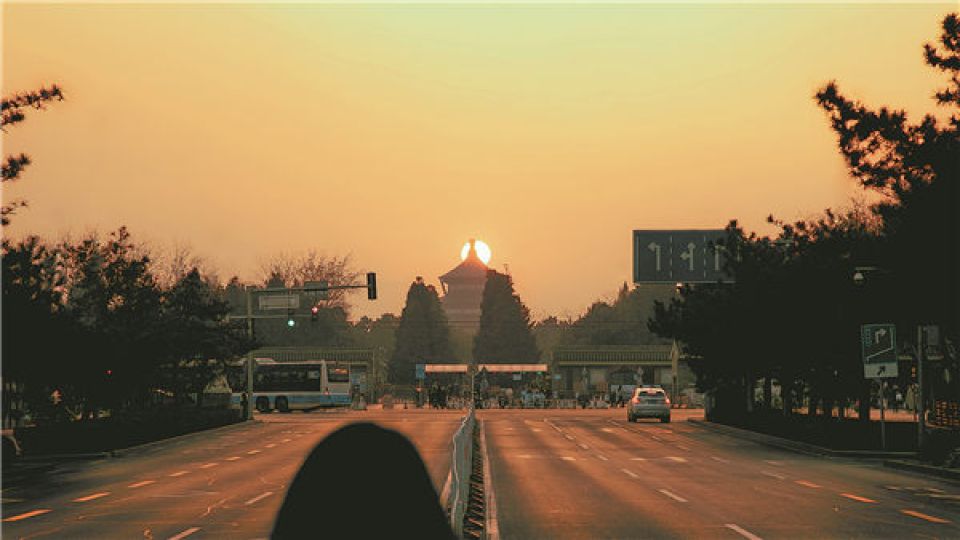June 19, 2024
BEIJING – With summer now upon us, the longer days and clearer skies signal the coming of more and more eye-catching sunsets. Chasing down those last moments of light to try and catch the perfect photo is one of my favorite things to do. And judging by the number of photos I see on social media after a clear day, I’m not the only one.
This fascination with the perfect sunset, or simply the sun in general, is not just a modern trend.
Ancient cultures and religions across the globe have long paid reverence to that mysterious, fiery orb in the sky, with particular attention given to the setting of the sun at certain times of year, with the summer and winter solstices held in the highest regard. It was not uncommon for ancient cultures to erect vast buildings or monuments to recognize the sun’s importance, with locations around the world, such as Stonehenge in England, Machu Picchu in Peru, and the Temple of Karnak in Egypt, all being built with a deference to the sun in mind.
This principle is one that also holds weight here in Beijing. The precision design and construction of the capital, which began in the Yuan Dynasty (1271-1368) and was further developed in the Ming (1368-1644) and Qing (1644-1911) dynasties, is a perfect example of ancient Chinese urban planning. At the heart of this metropolitan marvel is the city’s Central Axis, a highlight of Beijing’s well-preserved history, that cuts through the city’s most famous landmarks including Tian’anmen Square, the Forbidden City, Jingshan Park, and the Bell and Drum towers. But more than just an example of excellent city planning, a number of the capital’s streets and buildings also tie into the movement of the sun at certain times of year.
These locations were built with regard to annual solar movements, for example Qianqing Palace (The Palace of Heavenly Purity), the Seventeen-Arch Bridge in the Summer Palace, which is illuminated during the winter solstice, and the Temple of Heaven, with the sun setting perfectly behind Qiniandian, the Hall of Prayer for Good Harvests.
Yet, aside from these landmarks, wandering around the city’s hutong can bring its own sun-based rewards due to the north-south, east-west street planning, making the whole city ideal for catching a sunset. And it’s due to this meticulous planning that such stunning views have followed through to modern times, with buildings such as the CCTV headquarters in Guomao, whether by luck or design, letting the sun pass through its legs during the solstice.
We now live in a time when there are countless apps available that can predict the light, cloud cover and even the angle and position of any given sunset, and social media that showcases the most beautiful and popular places to get that ideal selfie. But there is something to be said for just getting out into the city, exploring its streets and hoping for the best.


